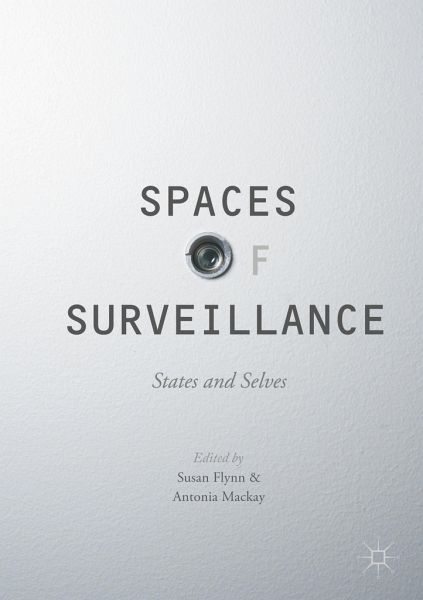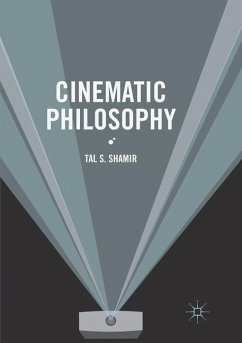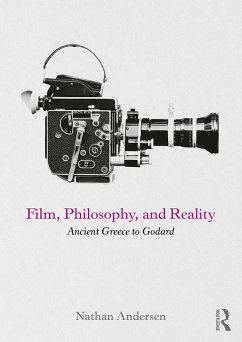
Spaces of Surveillance
States and Selves
Herausgegeben: Mackay, Antonia; Flynn, Susan

PAYBACK Punkte
42 °P sammeln!
In a world of ubiquitous surveillance, watching and being watched are the salient features of the lives depicted in many of our cultural productions. This collection examines surveillance as it is portrayed in art, literature, film and popular culture, and makes the connection between our sense of 'self' and what is 'seen'. In our post-panoptical world which purports to proffer freedom of movement, technology notes our movements and habits at every turn. Surveillance seeps out from businesses and power structures to blur the lines of security and confidentiality. This unsettling loss of privac...
In a world of ubiquitous surveillance, watching and being watched are the salient features of the lives depicted in many of our cultural productions. This collection examines surveillance as it is portrayed in art, literature, film and popular culture, and makes the connection between our sense of 'self' and what is 'seen'. In our post-panoptical world which purports to proffer freedom of movement, technology notes our movements and habits at every turn. Surveillance seeps out from businesses and power structures to blur the lines of security and confidentiality. This unsettling loss of privacy plays out in contemporary narratives, where the 'selves' we create are troubled by surveillance. This collection will appeal to scholars of media and cultural studies, contemporary literature, film and art and American studies.












